As history proved, Prohibition in the United States failed to steer people away from the supposed evils of alcohol. The intensive period of regulation, crime and punishment that took place from 1920 to 1933 became a truly divisive chapter of the 20th century.
Those who flouted the laws against drink, be they mobsters or thirsty civilians, ran the risk of being caught by authorities.
On top of this was the added health risk of bootleg liquor created in unsanitary conditions such as bathtubs.
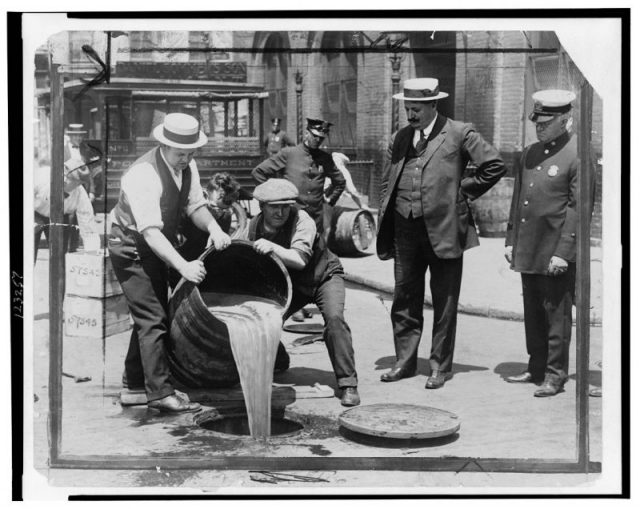
However there was another danger lurking in Prohibition — one that threatened human life and caused thousands of deaths. The most surprising thing about this peril was how it came to be: it was created by the U.S. government.
A major source of alcohol for underground bootleggers was of the industrial kind, due to a clampdown on imports. A reported 60 million gallons of the stuff, intended for use in solvents, medicines and more, was taken by the criminal element during the Roaring Twenties.
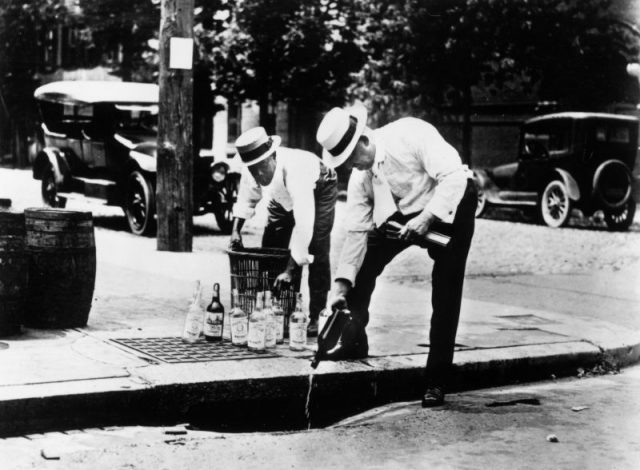
The result would then be enjoyed in speakeasies and other illicit locations. But it wasn’t meant to be this way. Quite apart from the fact the government had tried killing off the nation’s booze supply, there was also the fact it wasn’t fit for human consumption.
Describing it in 2015, TIME wrote “Industrial alcohol is basically grain alcohol with some unpleasant chemicals mixed in to render it undrinkable.” This process was known as “denaturing.”
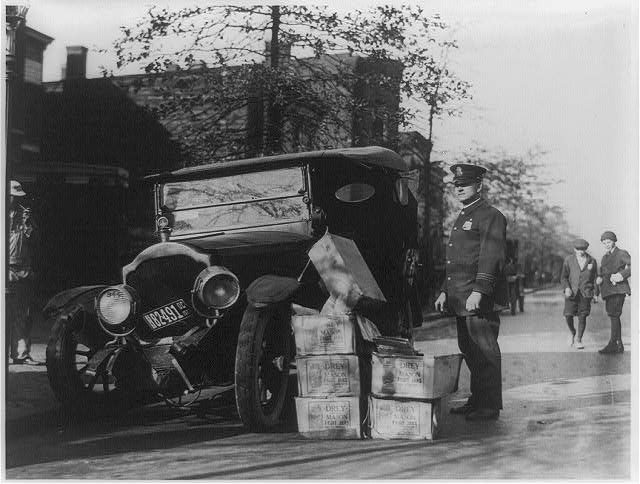
The underworld forces trying to get Americans back on the bottle found a simple way round that. Chemists were employed and paid handsomely to “renature” the product, enabling it to be distributed to the tipple-craving masses.
Put simply, the U.S. just wasn’t sobering up. It was felt in the corridors of power that drastic action was required to show people the right path. The path the government chose was a callous and disturbing one. And it was given a title — the Chemists war of Prohibition.

They decided to double the strength of the poison being placed into industrial alcohol supplies. Recalling its own coverage from 1927, TIME detailed the “new formula for denaturing industrial-grade alcohol,” including “‘4 parts methanol (wood alcohol), 2.25 parts pyridine bases, 0.5 parts benzene to 100 parts ethyl alcohol’ and, as TIME noted, ‘Three ordinary drinks of this may cause blindness.’”
Not just a loss of sight but a shuffling off the mortal coil. A solution had been found in the authorities’ eyes but its consequences were chilling.
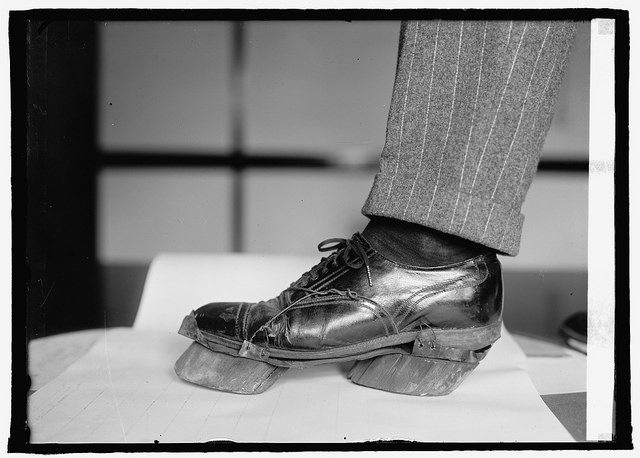
Writing on The Slate website in 2010, Deborah Blum (author of The Poisoner’s Handbook: Murder and the Birth of Forensic Medicine in Jazz Age New York) brought to life the horrifying events of Christmas Eve 1926.
The Bellevue Hospital in the Big Apple “tallied up more than 60 people made desperately ill by alcohol and eight dead from it. Within the next two days, yet another 23 people died in the city from celebrating the season.”
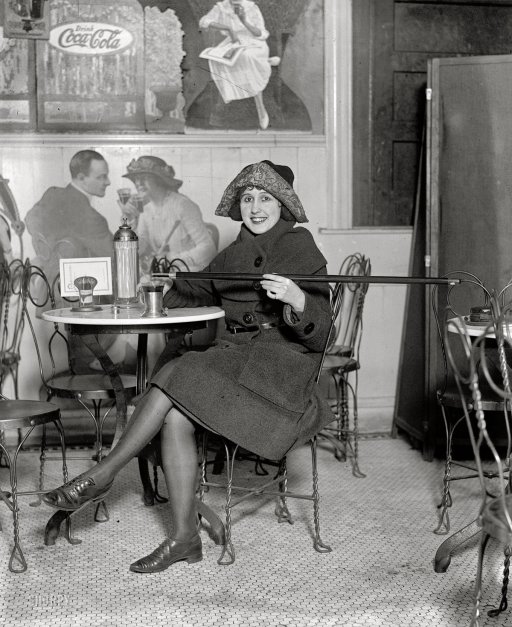
City Medical Examiner Charles Norris was just one of the voices rising up in protest at this ultimate zero tolerance approach. He declared “the United States government must be charged with the moral responsibility for the deaths that poisoned liquor causes, although it cannot be held legally responsible.”
With hundreds dying from the extreme measure, his concerns were more than justified. The chemists war was particularly hard on the poor, who were more likely to consume substandard product. Yet sympathy from some quarters was distinctly lacking. The government believed it was just doing its job, albeit a ghoulish one.
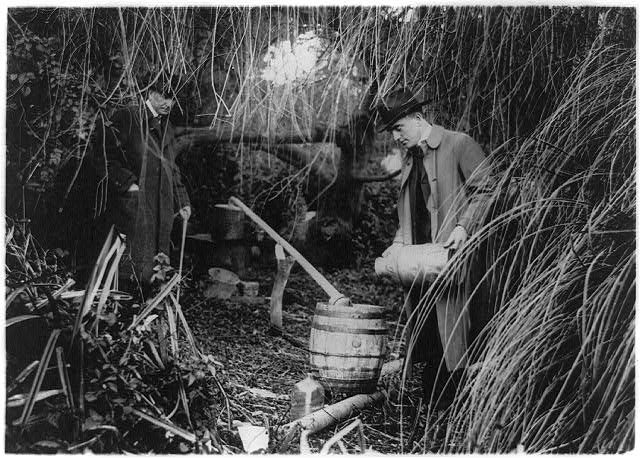
TIME referred to the Anti-Saloon League, who argued that “legal alcohol had killed many more in its day than denatured alcohol would kill during the transition to a teetotaling world.” They categorized any death from poisoned alcohol as “a deliberate suicide.”
https://www.youtube.com/watch?v=QhLsFreJuPw
Eventually time was called on Prohibition. But not before a significant amount of people lost their lives through calculated liquor poisoning. The Slate wrote, “The idea was to scare people into giving up illicit drinking. Instead… the federal poisoning program, by some estimates, had killed at least 10,000 people.”
Read another story from us:Prohibition Moonshiners used ‘Cow Shoes’ to Hide their Footprints
The chemists war passed into obscurity. Those who perished were viewed by some as necessary casualties in a battle between morality and the still. For others they were an aberration and the darkest part of an already troubling saga.
